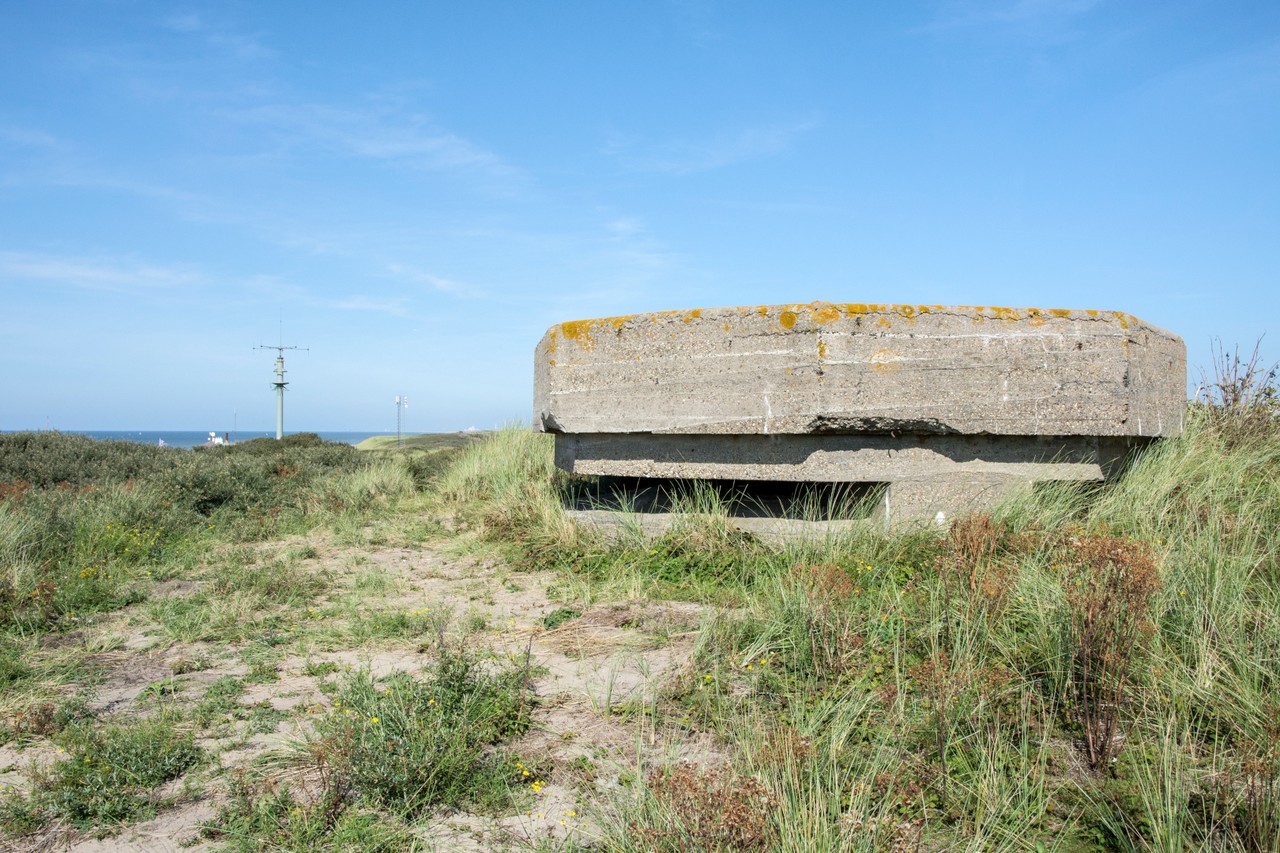To the north of the Wassenaarse Slag stretched a two-kilometer zone without any fortifications. The Germans did not expect a major Allied landing operation in this vast and confusing dune landscape. Paradoxically, the British intelligence service found this gap in the defensive line precisely interesting for that reason. It was indeed unsuitable for a large-scale operation, but for secret missions in support of the Dutch resistance, the characteristics of the terrain could be advantageous.
Apart from aerial photographs, there were no detailed and up-to-date maps available. A special unit therefore had to reconnoiter the area to determine whether this part of the coast was suitable for dropping off or picking up Dutch secret agents. The wide dunes offered the possibility to move unseen to and from inhabited areas during the night. After two failed landing attempts due to malfunctioning navigation equipment, a new mission was launched in the moonless night of 27 to 28 February 1944, under the name Operation Premium.
A team of six French commandos, led by Captain Charles Trepel, approached the Dutch coast in a small boat. While a few men stayed behind in the launch, the team paddled the last few hundred meters to shore in a rubber dinghy. They landed exactly at the intended location. As they radioed this confirmation, flares suddenly lit up the sky a little further north. Had they been spotted by the Germans, or had one of them triggered a trip flare? In any case, alarm signals sounded from Stützpunkt XXXVII H near the Wassenaarse Slag, and the occupiers sprang into action. More flares followed, and the commander of the strongpoint sent out patrols to investigate.
From the boat offshore, their comrades witnessed the commotion on the beach. Fearing the worst, they saw moving lights — likely flashlights from searching German soldiers. The search parties, however, found no one, and after some time, the beach fell silent again. The men at sea waited more than half an hour past the agreed time before returning to England at dawn, filled with anxious suspicions.
What neither they nor the Germans knew was that the six French commandos had managed to hide in the dunes with their rubber boat just in time. They stayed concealed there for a full day, planning to return to the rendezvous point at sea the following night — standard procedure in such operations, as the extraction vessel would return 24 hours after a missed pickup, at the same time and place.
What happened next remains unclear. The German guard post at the Wassenaarse Slag again raised the alarm that night, and once more the commander sent out patrols. This time, they were successful: around 2:30 a.m., they discovered a rubber boat and the bodies of three drowned commandos on the beach. Shortly after, a fourth was recovered. Based on their uniforms, equipment, and weapons, the Germans assumed it had been a commando raid targeting the Channel coast that had gone wrong in a storm. Two identification tags suggested the men were French-Canadian soldiers.
A few days later, the body of Captain Charles Trepel washed ashore, and two months later the sixth commando was found on the beach at Scheveningen. This tragic event is commemorated by a monument, where an annual memorial ceremony takes place. The German bunkers are now home to bats, and guided tours are organized in summer by Staatsbosbeheer.
